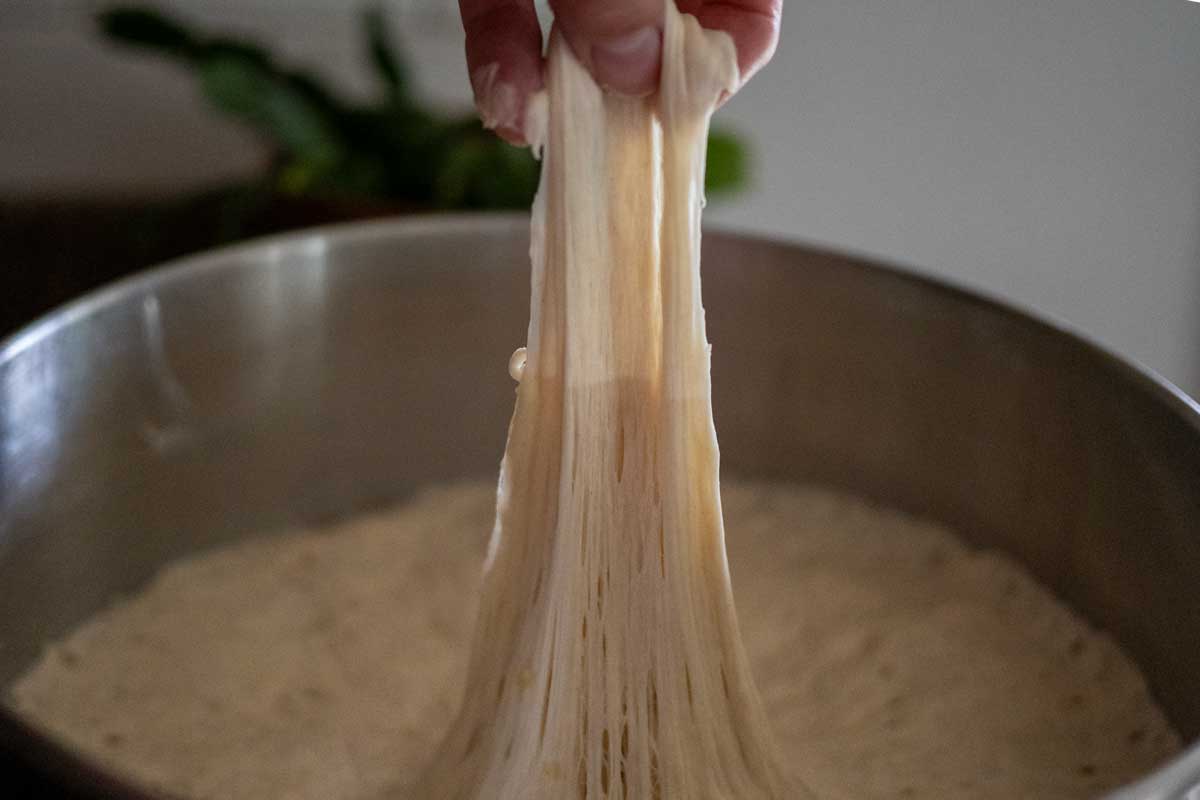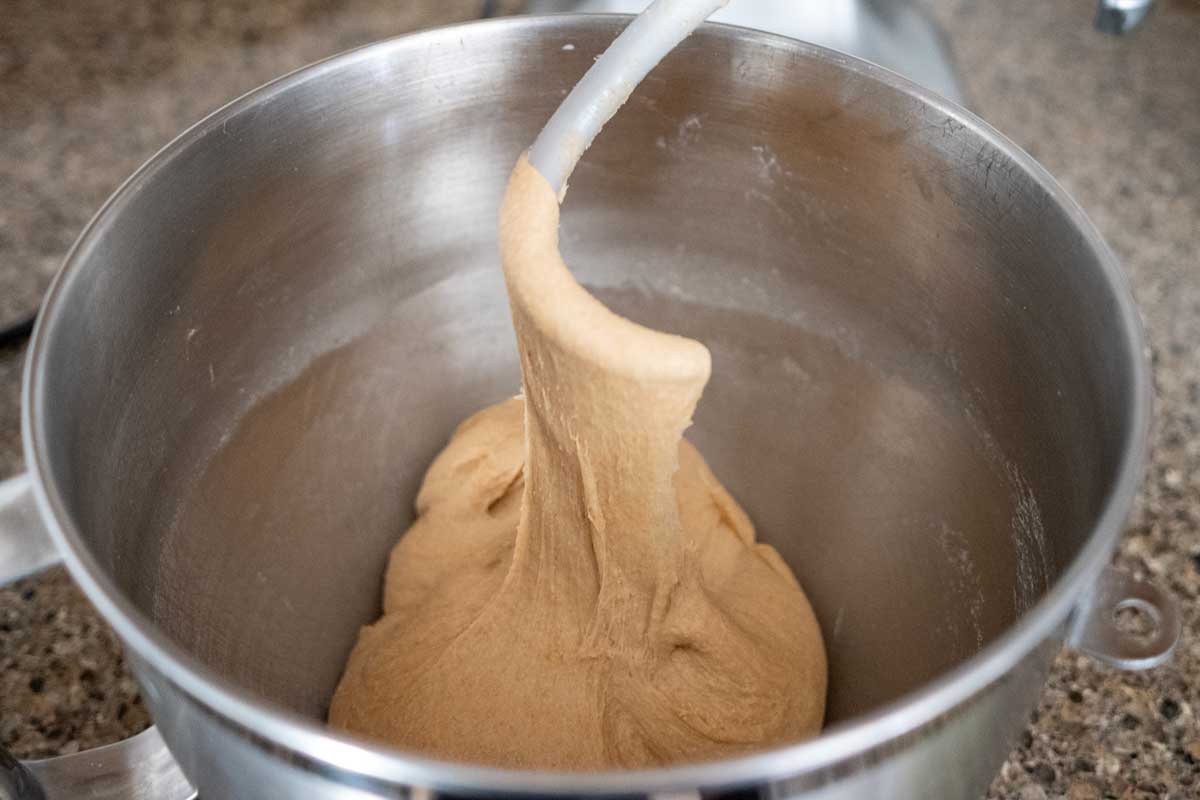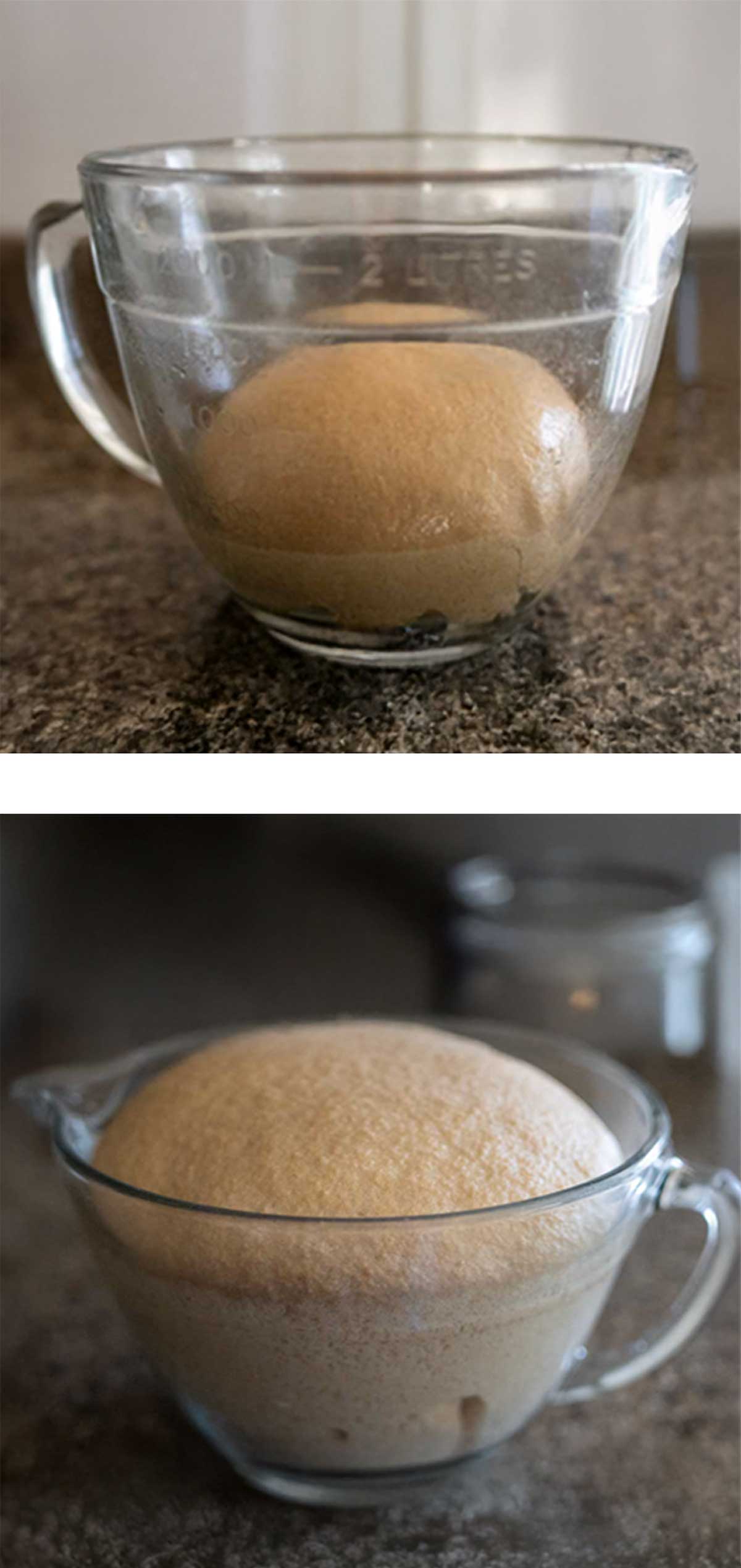If you’ve ever baked bread from scratch, you’ve likely encountered that moment in the recipe: “Let the dough rest.” It might feel like a test of patience, but why rest bread dough? This step isn’t just about killing time—it’s a game-changer that turns a sticky lump into a lofty, flavorful loaf. Resting dough impacts texture, taste, and structure in ways kneading alone can’t. Let’s dive into the science, stages, and secrets of this essential baking process—and why skipping it could sabotage your bread.
What Happens When You Rest Bread Dough?
Mix flour and water, and you kickstart a transformation. Two proteins—glutenin and gliadin—combine to form gluten, the stretchy framework that holds bread together. Kneading starts this process, but resting takes it further. (Not sure how to knead properly? Check out our guide on How to Knead Bread Dough (post coming soon!) for tips to get it right.) When you pause to rest bread dough, the gluten relaxes and strengthens, trapping air bubbles that give your loaf its lift. Without this downtime, you’re left with dense, tough bread that’s more brick than brioche.
Resting also lets yeast work its magic, fermenting sugars into carbon dioxide and alcohol. This builds flavor and volume—key reasons why rest bread dough is non-negotiable for artisan-quality results.
The Stages of Resting: Autolyse, Bulk Fermentation, and Proofing
Bread-making isn’t one long nap for dough—it’s a series of purposeful rests:
- Autolyse (The Initial Rest)
Before adding yeast or salt, mix flour and water and let it sit for 20-60 minutes. This “autolyse” hydrates the flour, jumpstarts gluten development, and makes kneading easier. Why rest bread dough here? It’s like a warm-up that sets the stage for a smoother process. - Bulk Fermentation (The Long Rest)
After kneading in yeast and salt, the dough rests for 1-4 hours (sometimes longer). Yeast ferments, inflating the dough with gas and adding tangy, complex flavors. This is where patience pays off—rushing it risks a flat taste and crumb. - Proofing (The Final Rest)
Once shaped, the dough rests again for 30 minutes to 2 hours. This final rise relaxes the dough and boosts its volume, ensuring a light, even texture when baked. Why rest bread dough at this point? It’s the difference between a squat loaf and a showstopper.

Why Rest Bread Dough? The Benefits
Still wondering if resting is worth it? Here’s what you gain:
- Better Texture: Relaxed gluten creates a smooth, elastic dough that rises evenly.
- Richer Flavor: Fermentation during resting builds depth—think sourdough’s signature tang.
- Easier Shaping: Rested dough is less sticky and more cooperative.
- Improved Oven Spring: Well-rested dough traps gas better, giving that dramatic rise in the oven.
Can You Skip Resting Bread Dough?
Technically, yes—but you shouldn’t. Unrested dough is harder to shape, rises poorly, and lacks flavor. Quick breads like soda bread skip resting because they rely on chemical leaveners, not yeast. For yeast breads, though, why rest bread dough becomes clear: it’s the secret to success.
Tips for Perfectly Rested Dough
Want to master the art of resting? Try these practical tips:
- Check the Temperature: Dough rises faster in warm spots (75-80°F/24-27°C). Too cold? Use a turned-off oven with a bowl of warm water nearby. Too hot? Move it to a cooler spot to avoid over-fermentation.
- Cover It Up: Prevent a dry skin from forming by covering the dough with a damp towel, plastic wrap, or a bowl lid during rests.
- Try the Poke Test: Unsure if your dough is ready? Give it a gentle poke with your finger and watch how it responds:
- Springs back fast: If the dough bounces back right away, it’s underproofed—give it more time to rise.
- Springs back slowly with a small indent: If it recovers gradually and leaves a slight mark, it’s perfectly proofed and ready to bake.
- Doesn’t spring back and stays indented: If the dent lingers without bouncing back, it’s overproofed—bake it soon, or it might collapse in the oven.
- Time It Right: Resting times vary by recipe, flour type, and yeast amount. Watch the dough’s size and feel, not just the clock.
- Experiment with Overnight Rests: For deeper flavor, let dough ferment in the fridge overnight during bulk fermentation. Bring it to room temp before shaping.

Common Mistakes to Avoid
Even seasoned bakers slip up. Here’s what not to do:
- Rushing the Process: Cutting rest times short leads to dense, flavorless bread.
- Overworking the Dough: Too much kneading before resting can make it tough—let the rest do some of the work.
- Ignoring Room Conditions: Cold kitchens slow fermentation; hot ones speed it up. Adjust accordingly.
FAQs About Resting Bread Dough
Got questions? We’ve got answers:
Q: Why does my dough feel sticky even after resting?
A: It might need more time or a touch more flour. High-hydration doughs (like ciabatta) stay sticky—resting helps, but don’t expect them to feel dry.
Q: Can I rest dough too long?
A: Yes! Over-fermented dough collapses or smells boozy. Stick to recipe guidelines or watch for a dough that’s overly slack.
Q: Why rest bread dough twice?
A: The first rest (bulk fermentation) builds flavor and volume; the second (proofing) perfects shape and texture. Both are key.
Q: Does resting change the crust?
A: Indirectly, yes. A well-rested dough rises better, creating a lighter crumb and a crispier crust from proper oven spring.

How Long Should Bread Dough Rest?
Resting times depend on your recipe and environment:
- Autolyse: 20-60 minutes.
- Bulk Fermentation: 1-4 hours (or overnight in the fridge).
- Proofing: 30 minutes to 2 hours.
Keep in mind…dough’s ready when it’s puffy and passes the poke test—not just when the timer dings.
Resting Dough – Types of Bread
Resting isn’t universal—different breads tweak the process:
- Sourdough: Long, slow fermentation (12-24 hours) for max flavor, often starting with an autolyse.
- Baguettes: A short autolyse (20-30 minutes) plus rests with folding to build strength and an open crumb.
- Brioche: Some bakers sneak in a quick autolyse before adding butter for a stronger base.
- Naan: Minimal resting—just enough to relax the dough before cooking, no autolyse needed.
Why rest bread dough? Every style has its twist, but the goal is better bread.
Final Thoughts: Patience Is Your Secret Ingredient
So, why rest bread dough? It’s the unsung hero of baking, turning basic ingredients—flour, water, yeast, salt—into something extraordinary. Resting builds structure, flavor, and that perfect crumb you can’t get any other way. Next time you’re itching to skip ahead, resist. Let your dough rest, and you’ll taste the reward in every bite.
Happy baking! Have a favorite bread recipe or resting trick? Share it in the comments—I’d love to hear!
As an Amazon Associate, I earn from qualifying purchases at no extra cost to you. Thank you for your support!
